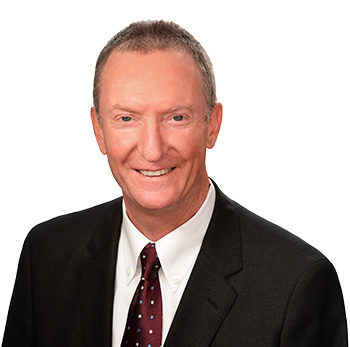Exercise
Introduction
Claudication is characterized by pain or discomfort in the legs when you walk, which returns to normal when you rest. The level of pain can be mild to extreme. It mostly occurs in the calf, hips, thighs, knees or upper feet when you walk uphill or down stairs. The main cause for claudication is the obstruction of the large arteries (peripheral arterial disease) in the legs, which reduce or stop the supply of blood to the legs. Worsening of peripheral arterial disease can cause claudication after walking short distances. Sometimes you may also experience cramping, weakness or heaviness in the legs. Exercise (walking) is one of the best ways to overcome this condition.
Your physician may recommend a walking program for the treatment of claudication to improve the blood flow and thereby decrease the pain in your legs. The tailor-made walking program mainly includes:
- Walk 3 times a week or more
- At first, walk till you get mild leg pain. Continue walking till it gets moderate to severe. Stop and rest for the pain to subside (usually in a few minutes). After the pain reduces, start walking again.
- This cycle is repeated until you rest for 30 to 35 minutes for the whole exercise period.
- Gradually walk for longer periods without stopping to improve the time that you can walk without experiencing pain.
Complete benefit of the walking program can be reaped if it is continued strictly for a minimum of 3 to 6 months.
You will experience the best results when you
- Maintain a normal body weight
- Avoid usage of tobacco in any form
Read More: Exercise


